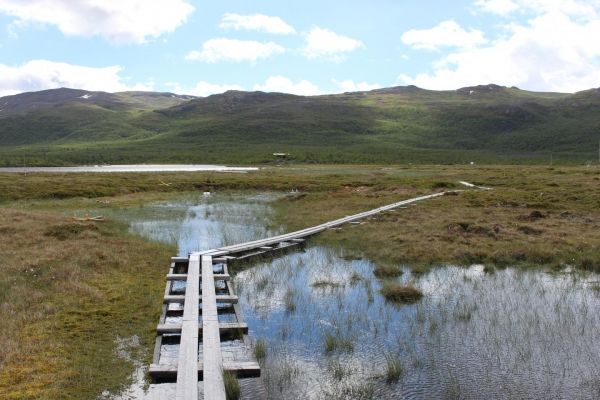Around a quarter of the ground in the northern hemisphere is permanently frozen. These areas are estimated to contain about twice as much carbon as the world’s current atmosphere. New research says that these permafrost soils are not only increasingly thawing out as the Earth becomes warmer, but also releasing that carbon, which accelerates the thawing.
An international research team that includes Thomas Borch, Colorado State University professor in the Department of Soil and Crop Sciences, and Monique Patzner, a Ph.D. student at the University of Tübingen’s Center for Applied Geoscience in Germany, has investigated the way this development affects the microorganisms in the soil. Their results have been published in Nature Communications. Borch, who co-advises Patzner, also holds appointments in the CSU Department of Civil and Environmental Engineering and Department of Chemistry. Patzner was lead author on the paper.
The work was led by Andreas Kappler of the University of Tübingen and Casey Bryce at the University of Bristol in the UK.
The team worked on the assumption that thawing increases the availability of organic carbon for microorganisms to process, in turn releasing vast amounts of carbon dioxide and methane. These gases accelerate the greenhouse effect, leading to further permafrost thawing in a vicious cycle.
Read more at: Colorado State University
Permafrost areas thaw out and become marshland. (Photo Credit: Monique Patzner)


